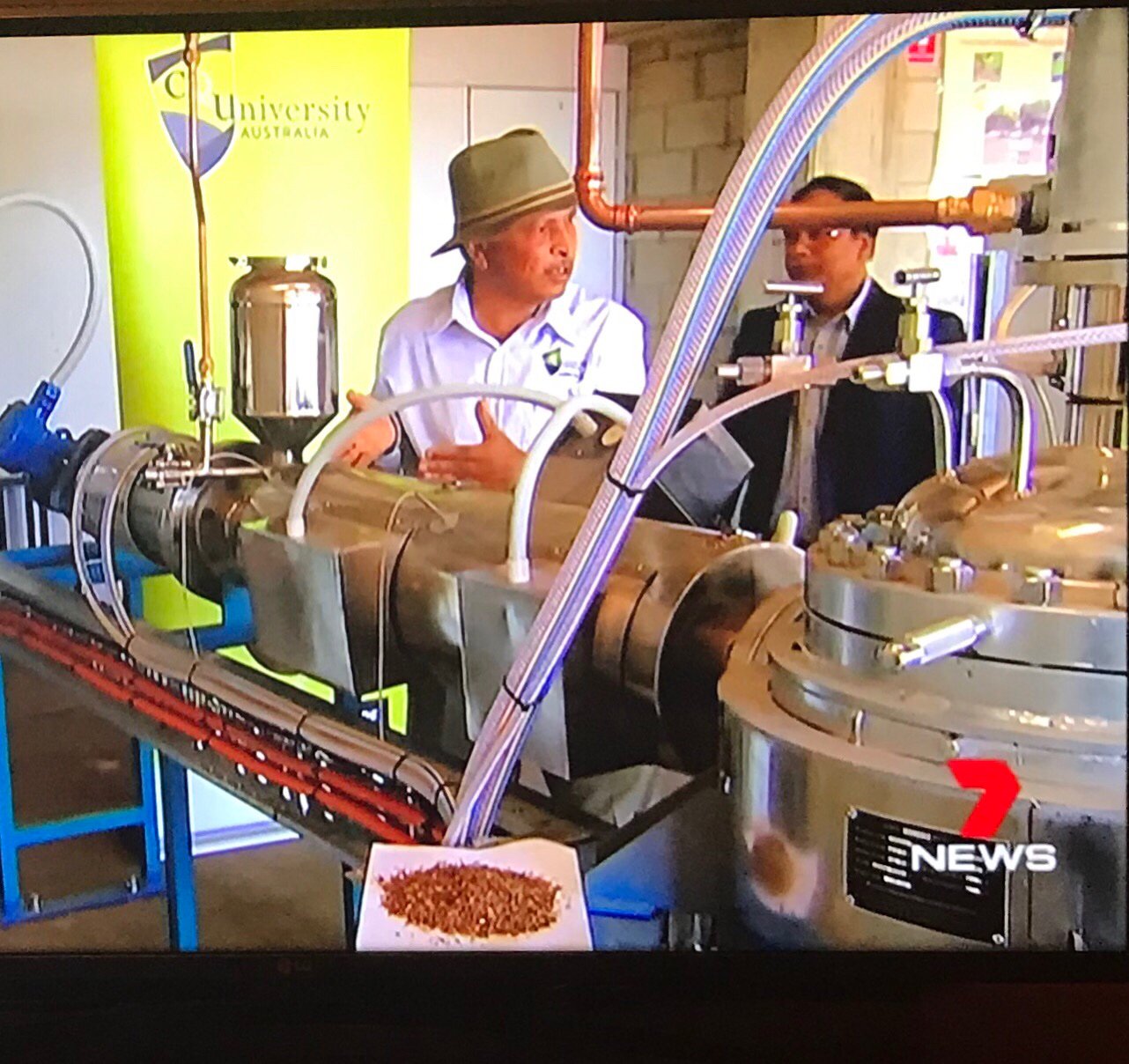Dr Nanjappa Ashwath, an associate professor at Central Queensland University, has found an important breakthrough that can potentially end the food-versus-fuel land-use debate in the biofuel sector.
Dr Ashwath has been researching Australian plants for over 40 years and is an acknowledged expert in Central Queensland botany.
Presently, he is exploring Australian native species for biofuel (bioethanol; eg agave and biodiesel; eg beauty leaf tree) production from degraded landscapes.

Dr Ashwath claims that the beauty leaf tree, or Calophyllum inophyllum, can be grown on marginal land in Australia.
The oils of this tree could be made into the less-profitable medicinal Tamanu oil.
He told ABC News that this tree is similar to a medium-sized mango tree or a macadamia tree with seeds and a kernel inside but with a softer shell.
“The tree produces about 10,000 fruits per tree per year, which equals to it producing up to 4,000 litres of biodiesel per hectare per year – and that’s growing up in a really marginal soil.”
Dr Ashwath who grew up in a small town in Karnataka, India was always fascinated by seeds and plants.
In fact, it was his passion for studying plants and fruits that made him quit civil engineering and join an agricultural university.

After coming to Australia, Dr Ashwath fell in love with Australian native plants and continued to research these plants.
Based on the Hindu belief system, he regards Australian plants as the “Living Gods” that can save our planet from land degradation.
This is due to the Australian plants’ ability to grow in any soil – despite drought, salinity, waterlogging and heavy metals.

In November 2021, the Australian federal government has outlined its commitment to bioenergy in its release of the first Bioenergy Roadmap.
According to this roadmap, by the 2030s, the biofuel sector could contribute about $10 billion in extra GDP per year with 26,200 new jobs.

Further, it will reduce emissions by about 9%, divert an extra 6% of waste from landfills, and enhance fuel security.
Federal Energy Minister Angus Taylor who commissioned the Australian Renewable Energy Agency to develop the roadmap, also announced $33.5 million in funding to implement it.

Dr Ashwath adds that the overall demand for biodiesel has remained low in Australia as people opt for cheap traditional petroleum diesel.
“There are many inquiries, especially in Indonesia [where] they’re establishing quite large plantations, especially in the islands where they don’t have the supply of the petroleum diesel.”
Dr Ashwath notes that in the coming years’ Australian producers looking for additional income and foreign markets would need to plant thousands of hectares with such plants to earn profit from the biofuel business.




